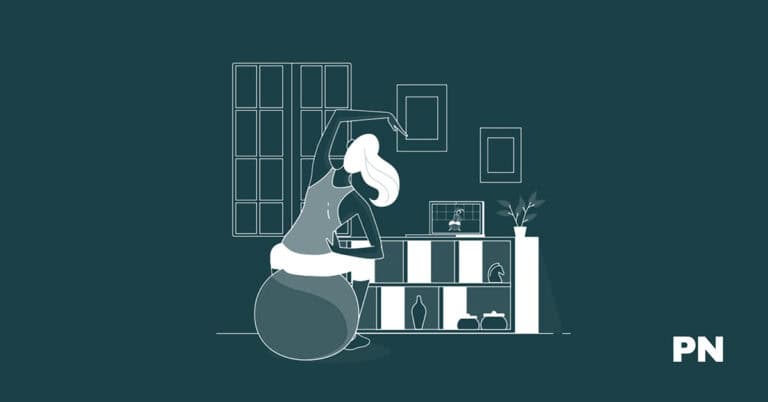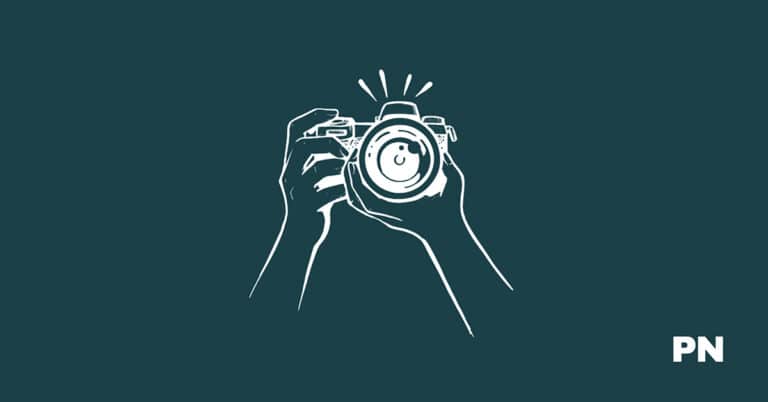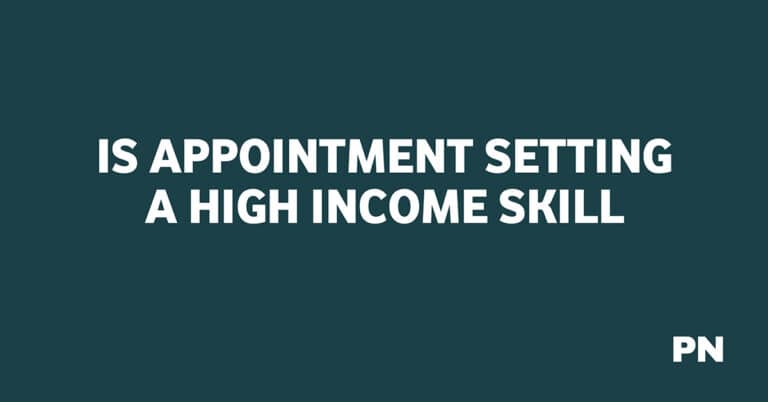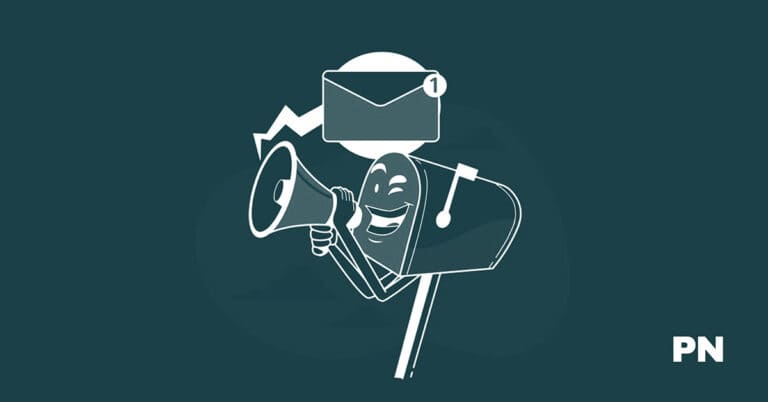The Ultimate Beginner’s Guide To Low Content Books [2023]
Recently we’ve seen massive hype for low-content books on Amazon, which raises the question, “Is a low content Amazon books business really that great?”
Well, yes! Low-content books have now become a huge trend, and they can also help you make some bucks.
Though most of these low-content books may not require tons of hard work, they will still need some proper attention and high-quality execution to ensure that your idea sells just the way you planned it.
So, to help you understand more about these low-content books, let’s waste no more time and get things kicking.
What Are Low Content Books
Low-content books are an innovative category of publications with little or no words. Unlike traditional books or ebooks on Amazon with lengthy narratives, low-content books are designed to offer a different kind of experience. They feature blank or minimally filled pages, inviting readers to actively engage with the book and fill their own thoughts, ideas, and creativity.
These books come in various forms, such as coloring books, journals, planners, sketchbooks, and activity books.

In short, they are used for personal expression, artistic exploration, organization, and even relaxation.
Types Of Low Content Books:
Before we select your favorite niche of the low-content book, it is important to know some low-content book ideas and why people love them.
Here is a short list of popular low-content books with a high-selling rate.
Journals:
Journals are one of the most popular low-content books destined to meet individuals who enjoy writing, self-reflection, and documenting their thoughts. These journals come in various designs, sizes, and themes to suit different preferences.

Though there are dozens of journal ideas you can start working on. However, the most trending ones include the following;
- Gratitude journal ( can be 130-150 pages)
- A travel journal (can be 150 pages or above)
- Food Journal ( should be 140 Pages at least)
- Goal-setting journal (can be 100+ pages)
They offer a structured space for users to express themselves, helping readers organize their ideas, track progress, and boost productivity. Many people appreciate the therapeutic benefits of journaling, such as reducing stress, enhancing mindfulness, and promoting self-awareness.
Planners:
Planners are practical low-content books designed to assist users in managing their schedules, tasks, and goals effectively. Let’s be honest here; we have all felt like a scatterbrain numerous times in our life, understanding the famous quote.
You fail to plan; you plan to fail.
And since these low-content books are solving a gigantic problem, these planners have many different types and have no general page limit. You can create lengthy or short planners depending on the audience. The most common ones include;
- Academic Planners
- Business Planners
- Personal Planners
Such planners have customizable sections for goal setting, habit tracking, and note-taking, helping readers stay organized and increase productivity.
I would recommend new low-content booksellers to tap into this market as it’s easier to understand and has a high success rate compared with other niches. You only need to invest in a good graphic designer and top-notch marketing.
Notebooks:
Notebooks serve as blank canvases for users to write, doodle, or sketch their ideas. Since we’ve all used a notebook at some stage in our lives, explaining what a general notebook looks like, would sound dumb.
Regarding low-content books, readers love purchasing notebooks for their flexibility and adaptability to different purposes. As a seller, you can design and sell notebooks for specific niches, such as bullet journaling or creative writing, to attract dedicated audiences and generate profits.
Most notebooks are 100+ pages depending on the audience.
Recipe Books:
Recipe books are low-content books made for enthusiasts who love cooking and collecting recipes with a page count of above 100. They provide a structured format for recording favorite recipes, organizing ingredients, and noting cooking instructions.
Remember that a recipe book is different from a Cookbook. Recipe books often include sections for categorizing recipes by meal type, dietary restrictions, or cuisine.
Usually, users prefer to fill the recipe book with the recipes of their favorite meals. This is how they help readers create personalized collections and experiment with new traditions.
Sketchbooks:
Sketchbooks are designed for artists, creative individuals, and Doodlers who enjoy drawing, sketching, or illustrating. They feature blank pages or lightly textured paper, providing the ideal surface for various artistic mediums.

Sketchbooks come in different sizes, orientations, and paper weights to accommodate different drawing styles depending upon their prices. Artists appreciate the portability and convenience of sketchbooks, allowing them to capture inspiration on the go or practice their skills.
As a seller, the best way to create a high-selling and high-priced sketchbook is by ensuring it is versatile and portable with no set page count limit. As we mentioned earlier, if a low-content book isn’t meeting your audience’s needs, it is pointless for the audience to purchase it.
Guestbooks:
Guestbooks are used for special occasions, events, or establishments to record visitors’ names, well wishes, and memories. Though they aren’t the most popular selling low-content books, investing in them may not be bad.
They serve as keepsakes for weddings, birthdays, guest houses, or vacation rentals. Guestbooks offer aesthetically pleasing designs with ample space for guests to write personalized messages.
As a guestbook seller, you should target event planners, wedding venues, or hospitality businesses, offering customized guestbooks that align with specific themes or branding. Honestly, the demand for guestbooks remains steady or might fall a little down occasionally. Overall, it isn’t a bad low-content book niche.
How To Create a Low-Content Book
Generally, the process of creating a low-content book varies depending on the niche you’ve chosen. However, here’s a general guide for creating your own low-content book.
Know Your Audience
Understanding your target audience is the most important part when creating a low-content book. You can only properly research your audience’s preferences, interests, and needs once you fully understand them.
I would recommend checking demographics, such as age range, gender, and hobbies, to understand what the audience desires.
Content Creation
Even when this is a low-content book, you still need to work hard and create something unique. Depending on the type of book, this may include designing templates, creating layouts, or compiling recipes.
Ensure that your content is high-quality, well-organized, and aligned with the needs and interests of your target audience.
Focus On Quality
The urge to flood the section with tons of different low-content books is tempting; however, prioritizing quality over quantity is also essential. Focus on delivering well-designed, thoughtfully crafted content that provides value to readers.
Ensure your templates, layouts, and overall presentation are aesthetically pleasing and user-friendly. A high-quality, low-content book will garner positive reviews, build credibility, and encourage repeat purchases.
Outsource if Needed
General Rule Of Thumb: If you don’t have expertise with a certain aspect, outsource it.
Outsourcing allows you to leverage the expertise of others, saving you time and effort while maintaining a high standard of quality. Many people lost huge audiences because they couldn’t hire a professional graphic designer to elevate the book’s visual appeal.
Understand Your Success Points:
When a particularly low-content book resonates strongly with your audience and receives positive feedback, capitalize on that success. Analyze what made your book successful—was it the niche, design, or specific content?
Replicate those elements while maintaining authenticity and avoiding spamming the market. Continually create content that aligns with your successful book, offering variations or complementary editions to meet the demand of your audience.
Don’t Stop Creating:
As you create and publish low-content books, be open to feedback and adapt to changing market trends. Monitor customer reviews, ratings, and comments to identify areas for improvement.
As a low-content book writer, always stay updated on emerging niches and topics to ensure your content remains relevant and appealing.
WANT TO BUILD A PROFITABLE LOW CONTENT BUSINESS?
Learn from a true master of Low Content publishing!
Jessica is the creator of Low Content School and the success stories she has produced are amazing!
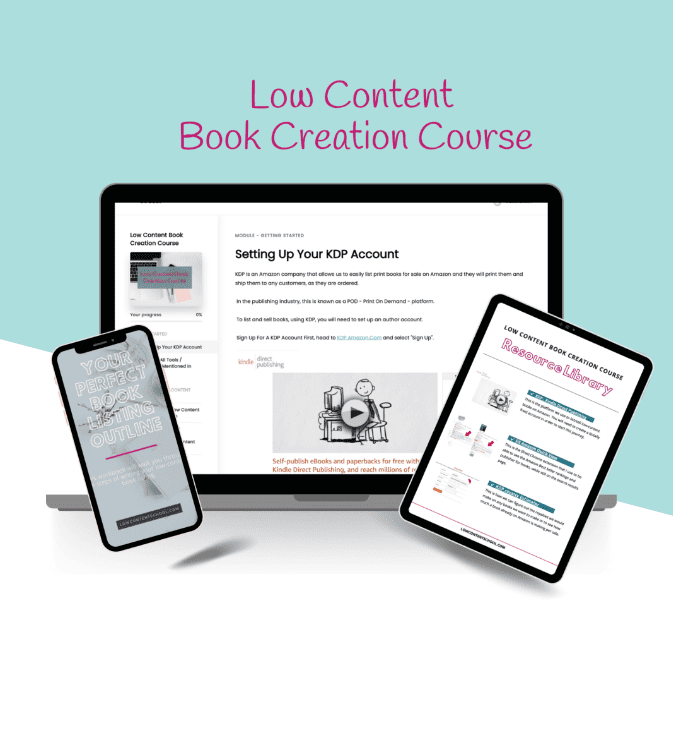
How To Publish Your First Low Content Book On Amazon
Publishing a low-content book on Amazon can be exciting and confusing for beginners looking to share their creativity and earn passive income.
This is why I have prepared a guide to help you understand the essential steps to publish your first low-content book on Amazon successfully.
Cover Design
Design an eye-catching and professional cover for your low-content book. It should convey the essence of your book and attract readers. Use relevant images, typography, and color schemes that align with your niche and appeal to your target audience.
Formatting and Layout
Format your low-content book to ensure a smooth reading experience. Pay attention to font styles, sizes, and spacing. Use consistent formatting throughout the book, and consider adding page numbers, headers, or footers if appropriate.
Publishing on Amazon
Creating the Amazon Kindle Account is usually the easiest part of publishing your low-content book. The process is as follows;
- Create an Amazon Kindle Direct Publishing (KDP) account.
- Simply add your relevant information regarding email, tax, payment, etc.
- Once the process has been completed, it is very important to familiarize yourself with KDP’s guidelines and terms of service to ensure compliance.
Book Details and Metadata
Enter the necessary book details, including title, subtitle, author name, and description. Craft a compelling book description that captures readers’ attention and highlights the benefits of your low-content book. Select relevant categories and keywords to optimize your book’s availability.
Remember that the categories and keywords will determine the fate of your book. If you don’t understand the proper use of keywords in Amazon Kindle, I would recommend you let a professional handle the job.
Upload Your Book
Upload your formatted low-content book file to the KDP platform. Ensure that your file meets Amazon’s specifications and passes the validation process. Preview your book using the KDP previewer to check for formatting or layout issues before finalizing.
Pricing and Royalties
Set the price for your low-content book and choose the royalty option that best suits your goals. Consider factors such as book length, production costs, competition, and market demand. Amazon offers multiple pricing options and royalty structures to choose from.
However, you should know that many other sellers also strive to sell their books. It is important to set a competitive price that will help you stand out.
Marketing and Promotion
Develop a marketing plan to promote your low-content book and reach your target audience. Most beginners ignore the importance of marketing their low-content books, so their businesses never advance.
Understand leveraging social media platforms, author websites, email newsletters, and other promotional channels to generate buzz and attract potential buyers. Encourage reader reviews and engage with your audience to build a loyal following.
Monitor Sales and Adapt
Last but not least, track your sales performance and monitor customer feedback. Use the data to refine your marketing strategies, update your book’s content or design, and expand your low-content book portfolio. Stay informed about industry trends, and don’t hesitate to adopt a new approach to maximize your success.
How Much Do Amazon Low Content Books Sell For?
Well, there’s no “one size all fit” number for the income one can make by selling low-content books.
Generally, low-content books can be sold from $5-$12, with coloring books on the lowest end. And just in case you think about what makes a low-content book stand out from the rest, the answer is very simple; The Aesthetic Appeal and The Sophistication Level of the low-content book determine its selling price.
Finally, the money you can make as a self-publisher depends on the niche, your set goals, and how much you’re willing to sell the book for.
Is Low Content Publishing Worth It?
Definitely Yes!
Low-content books are a great emerging business, especially on Amazon. In fact, some recent journals and adult coloring books have achieved more sales than other fiction and non-fiction books.
And since low-content books can be sold anywhere between $5-$12 by using platforms like Amazon’s Kindle Direct Publishing (KDP), there’s a high chance that you can make money if you put in good time and effort.
Frequently Asked Questions
Final Words
So, now that we have covered everything about low-content books let’s discuss some important pieces of advice.
Selling low-content books won’t really make you rich but it is a good business. However, newbies should also remember that there is no guarantee their first or even the 10th book might end up breaking selling records.
Like all the other businesses designing low-content books and selling them is a skill that develops with regular polishing.
Instead of getting demotivated or demoralized, set a defined goal for your low-content book business, and don’t stop unless you achieve it.
WANT TO BUILD A PROFITABLE LOW CONTENT BUSINESS?
Learn from a true master of Low Content publishing!
Jessica is the creator of Low Content School and the success stories she has produced are amazing!

Disclosure: We may earn commissions if you buy via links on our website. Commissions don’t affect our opinions or evaluations. We’re also an independent affiliate of many platforms, including ClickFunnels, Kartra, GoHighLevel, Podia, Northwest Registered Agent, and others. We’re not employees of these services. We receive referral payments from them, and the opinions expressed here are our own and are not official statements of these companies.
